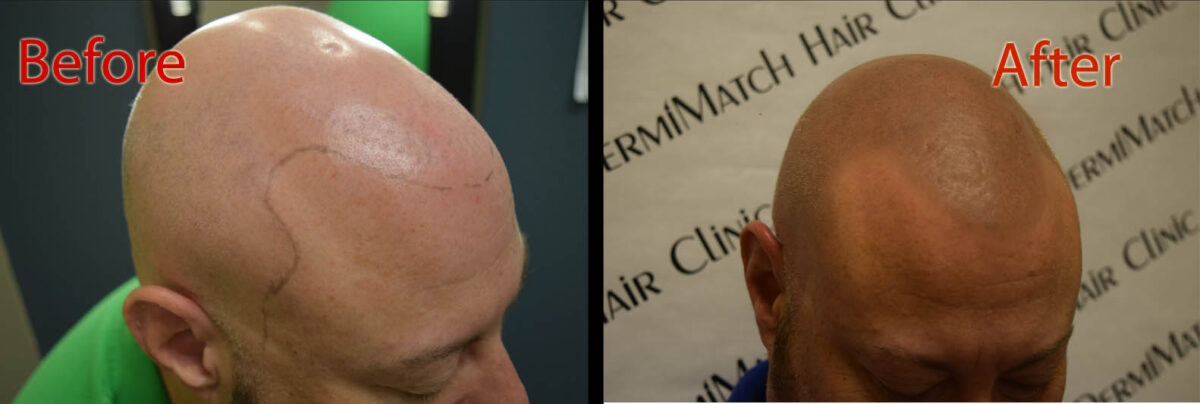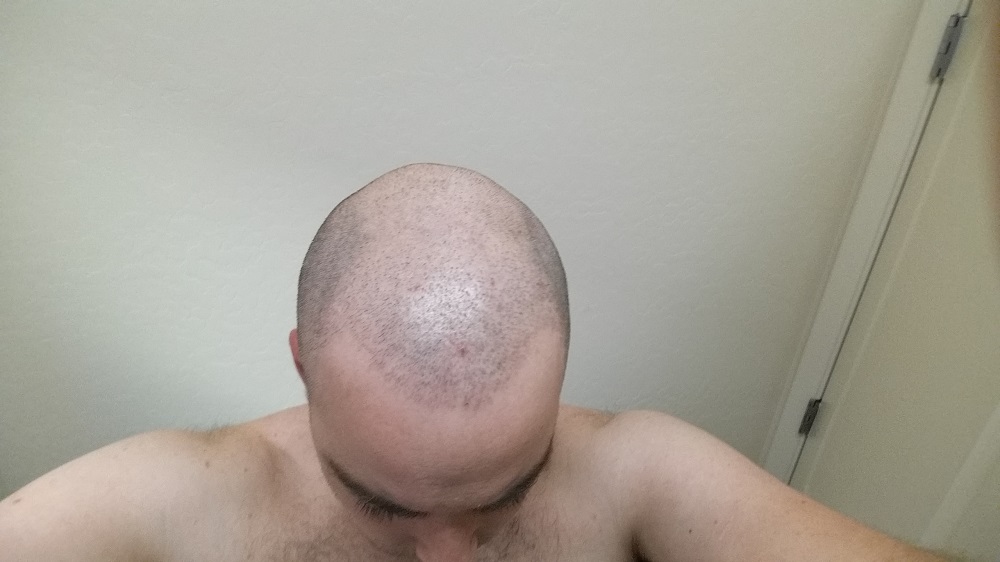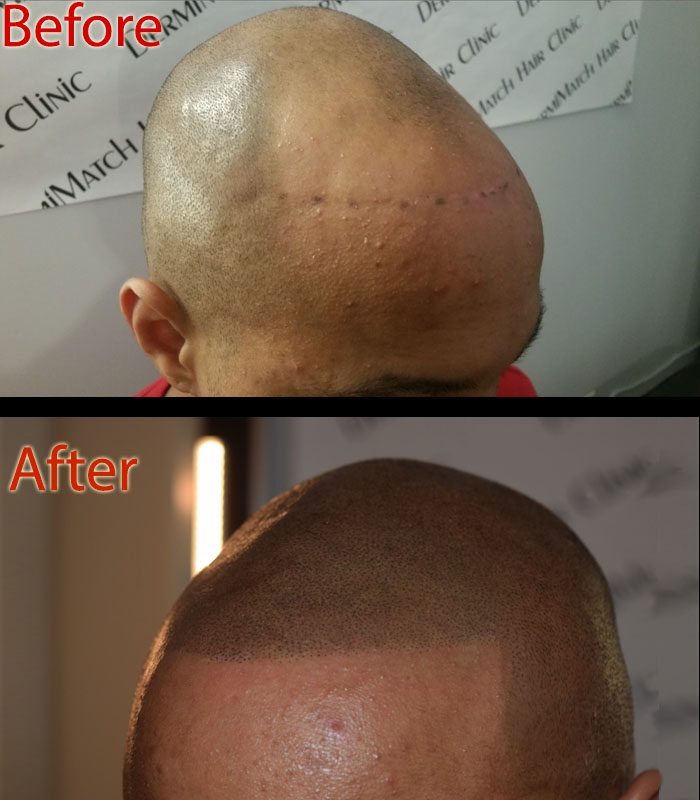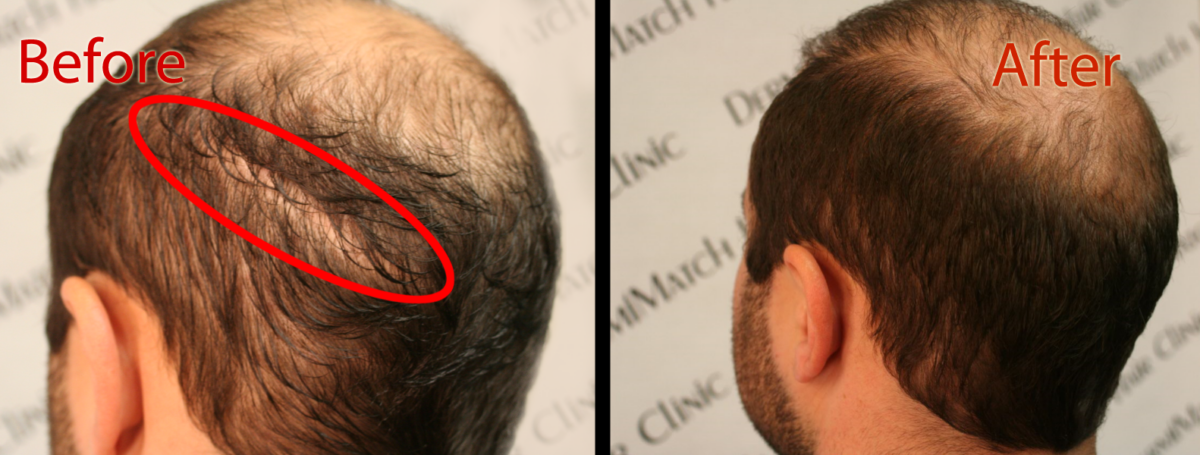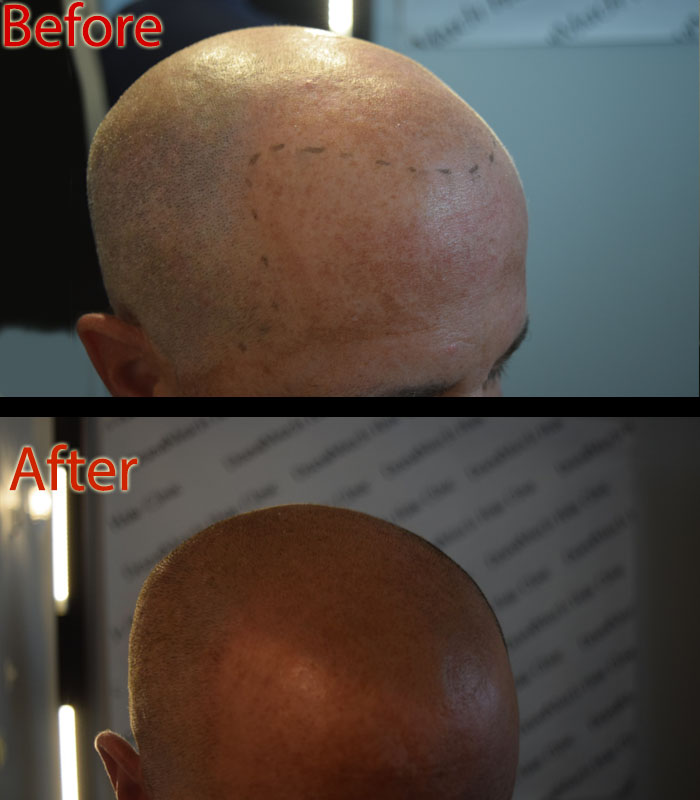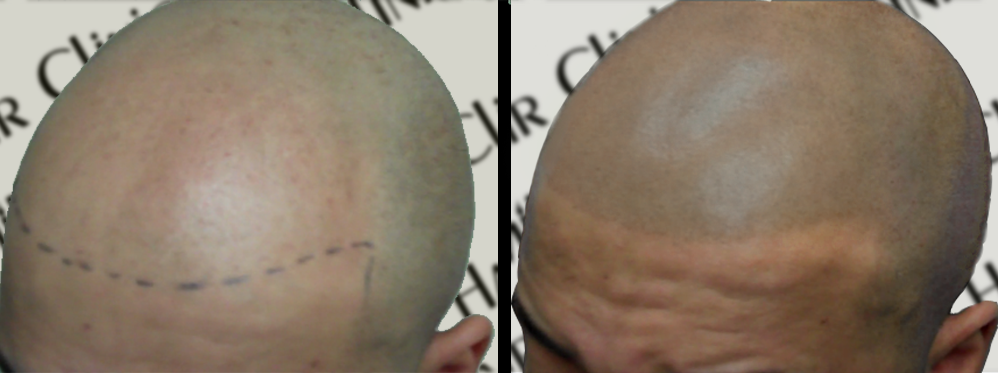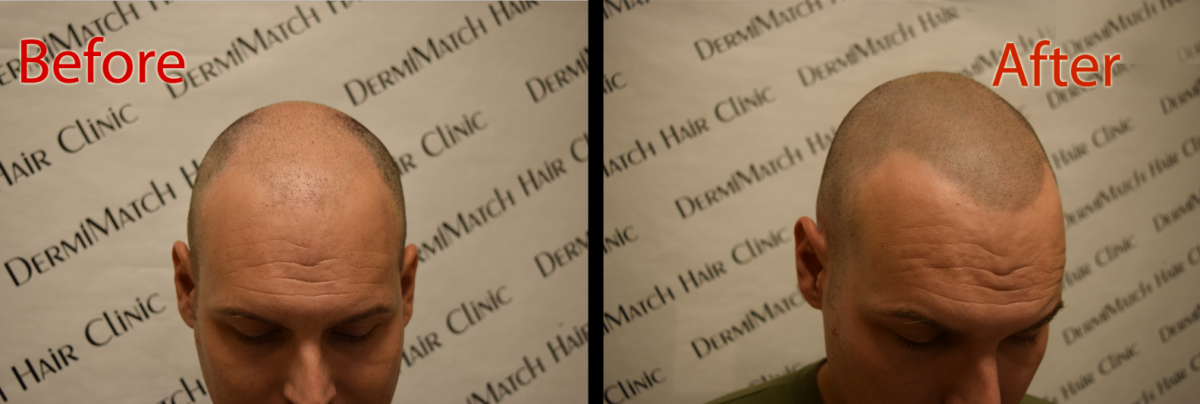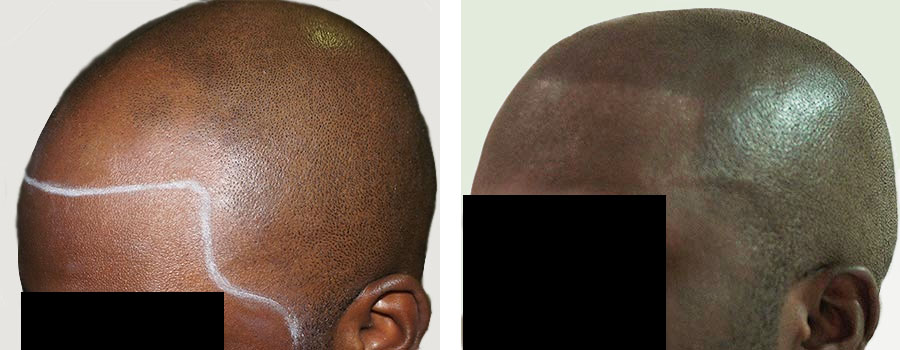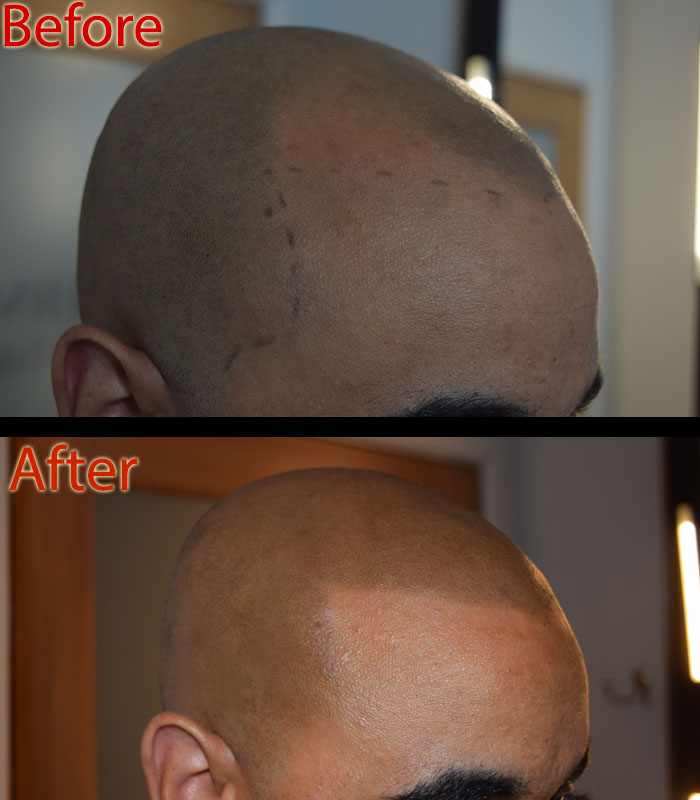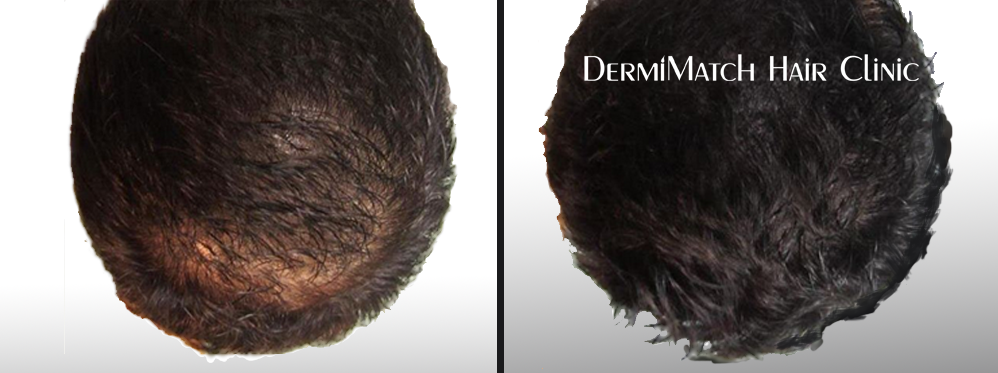No doubt, visible scalp and hair thinning are a reality, and you are wary of those thinning locks. Of course, you want lustrous and healthy hair, right? But if you are struggling with thinning hair and visible scalps. There are several causes of hair shedding and thinning, from stress to environmental factors, hormonal changes, and dietary imbalance. Several medications and treatments may also result in scalp problems. Then there are some medical conditions, such as thyroid, that cause hair loss. irrespective of the cause of hair loss, you want to understand the hair growth cycle first.
Visible Scalp: A Miserable Reality
If you have thinning hair or are follically challenged, there is a likelihood that you are inching closer to the fate of a visible scalp soon. Of course, it is quite irksome and irritating. You know the frustration that comes along when you can see signs of a visible scalp through your locks. The reality is that there is no magic solution to restore your hair. Does that mean you have to live with this fate?
Well, luckily, no. You can minimize its impact on your appearance. Let’s talk about the hair restoration solution that can help you feel confident about your personality again!
Causes of Thin Hair
A hair follicle connects each strand of hair to the scalp. Imagine a situation when the follicle becomes weak, hair strands start to thin out. Hair thinning may also result from:
- Alopecia areata is one of the major causes of hair thinning.
- Over-treating Your Hair can weaken the roots and follicles.
- Hormonal imbalance can cause thinning of hair strands.
- Dietary choices or an unbalanced diet can weaken the whole body and cause hair shedding.
- Chronic stress can result in hair shedding as the body enters fight or flight mode in stress. As a result, existing strands can weaken and become thin.
Do Natural Oils Help Thinning Hair?
Natural oils have therapeutic properties and can help nourish the follicles and stimulate hair growth. When you massage your scalp with natural oils, it can promote blood circulation and strengthen strands. No doubt, oil massage can induce hair growth but it will not happen overnight. Massage can stimulate the growth of hair only in certain cases of hair loss. It is no one-stop solution for all.
Does Eating Healthy Foods Help?
Dietary intervention can help improve your overall health. This includes healthy hair too. But you ought to continue with this dietary change for a long time to see the transformation in your hair, that too if your hair loss is caused by poor food choices. Try including more omega-3, protein, folate, biotin, iron, and zinc in your diet to promote healthy hair growth.
Avoid Hair Styling Products
Hair styling tools that heat your hair can damage the strands. Heat can cause severe hair shedding and thinning hair.
Best Hair Treatments for Thinning Hair
If you want to try out the best thinning hair treatment, then look no further than scalp micropigmentation. SMP for hair thinning can help restore your old charm, creating a look of hair density with pigmented dots. This diminishes the visibility of hair strands and creates a fuller hair look.
The best thing about SMP in Phoenix is that it is a non-surgical, permanent hair loss solution.
DermiMatch Clinic is a trusted name in the SMP industry. Their Phoenix SMP professionals are experts in hair density treatment and can help regain your confidence. Consult the team of scalp experts today to overcome the problem of thinning hair!

